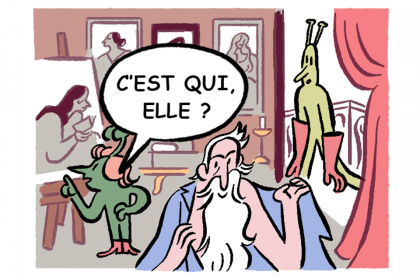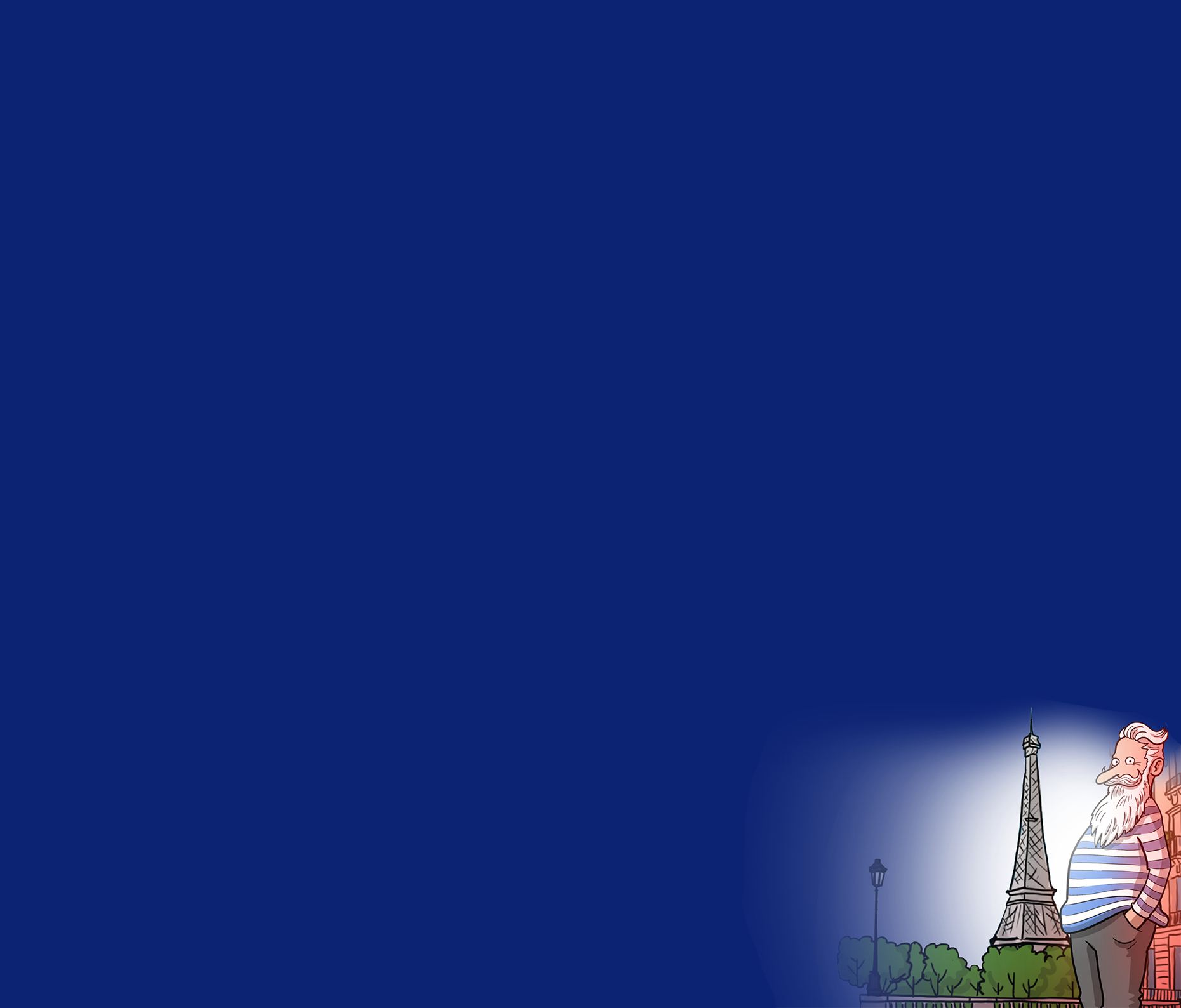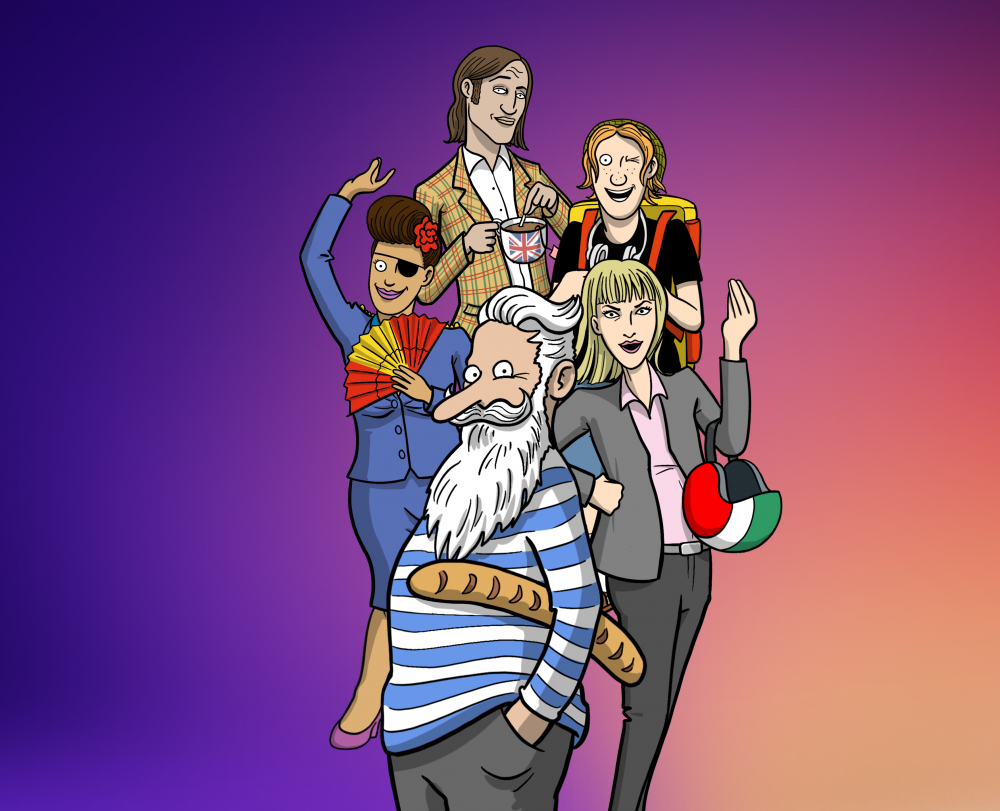Introducing things: c'est, voici, voilà
When we want to present someone or introduce something, we use:
• c'est, ce sont with a noun or a pronoun PRONOMS TONIQUES
Cette femme, c’est ma mère. This woman is my mother.
Les deux garçons, ce sont mes frères. These two boys are my brothers.
- Allô c’est qui ? - C’est moi, Muriel. -Hello, who's there? -It's me, Muriel.
Lui, c'est mon frère. He's my brother.
Les deux garçons, ce sont mes frères. These two boys are my brothers.
- Allô c’est qui ? - C’est moi, Muriel. -Hello, who's there? -It's me, Muriel.
Lui, c'est mon frère. He's my brother.
• voici, voilà + noun
Mesdames et messieurs, voici Victor Hugo ! Ladies and gentlemen, here is Victor Hugo!
Voilà votre baguette. Here is your baguette.
Voilà votre baguette. Here is your baguette.
Note:
C'est is used with singular nouns, nous and vous. Ce sont is used with eux and elles. In spoken French you will often hear c'est with plural nouns.
C'est is used with singular nouns, nous and vous. Ce sont is used with eux and elles. In spoken French you will often hear c'est with plural nouns.
- Qui a volé mes bijoux ? C’est vous ? - Ah non, ce n’est pas nous, ce sont eux ! -Who stole my jewellery? -Was it you? -No it wasn't us, it was them!
- C'est qui ? - C'est mes parents. -Who's that? -It's my parents.
- C'est qui ? - C'est mes parents. -Who's that? -It's my parents.
Pro tip:
Be careful not to confuse c'est with il est.
Be careful not to confuse c'est with il est.
C'est Victor. Il est écrivain. This is Victor. He's a writer.

Still having trouble with 'Introducing things: c’est, voici, voilà'? Master the rules of French grammar and improve your French level thanks to our online French lessons Frantastique. We're offering a 7-day free trial, so what are you waiting for?
What our users say:
Looking to improve French for beginners? Frantastique provides effective and fun training!
Tips for learning 'Introducing things: c’est, voici, voilà'? Share them with us!

